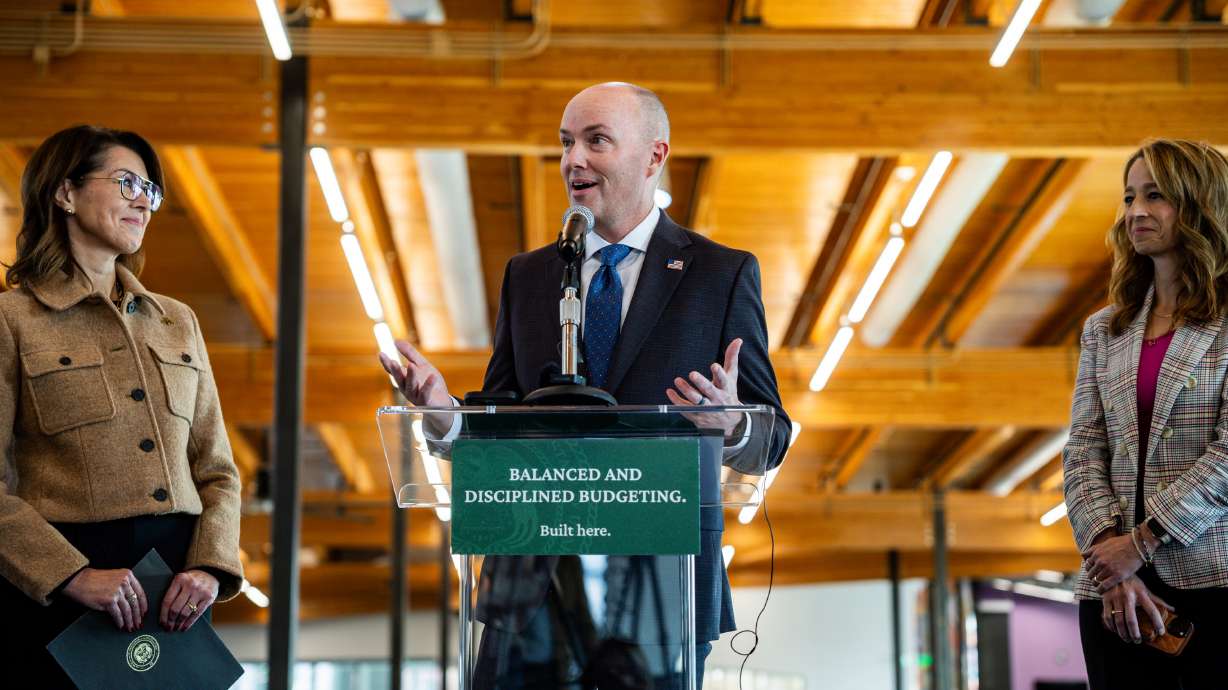This op-ed was originally published in the Salt Lake Tribune.
Megan Keller, a Provo mom of four, used to suffer 30 seizures every single day. Her epilepsy made it impossible to work, drive or perform regular tasks independently. Today, she looks back in utter disbelief at this life she once endured.
Thanks to medical cannabis, she has been seizure free for two years.
“Having regular access to my medicine has been a gift to my life,” Megan told me. “Where I once was tied to my home with a disability, I now hold two jobs.”
She said that a few years ago, she could not bathe on her own for fear of falling, or drowning.
“I am once again the caretaker of my family. My life has been blessed by this plant medicine in innumerable ways.”
And Megan isn’t alone. Utah’s legal medical cannabis program has been active for about two years now, with the first pharmacy opening its doors for business just over a year ago. Before then, barring travel to a recreational state, there was no legal avenue for individuals to buy cannabis. Now, over 25,000 Utahns are registered with the medical cannabis program — and it continues to grow every day, changing lives all the time.
The program has been a success so far, helping thousands access critical medicine to help with ailments that range from cancer to PTSD. But it hasn’t been smooth sailing all the way — and more storms lie ahead. Regulatory hurdles have made it difficult for cannabis providers to provide a solid, affordable, legal marketplace for patients to access medicine, and there will surely be more regulatory challenges in the future.
As long as the medical cannabis industry, lawmakers and regulators are committed to maintaining a “patient first” mentality, all of the obstacles ahead can be overcome.
The impact of the medical cannabis program on the lives of individual Utah patients is deeply personal. To understand why patients need to be prioritized during every medical cannabis legal debate, all one needs to do is understand their experiences. Every story shared is a demonstration of the dire need for a mentality shift to prioritize patients.
Lyndsay Privett of Salt Lake City told me she lost her beloved grandmother in January of 2021. But thanks to cannabis, her grandmother spent her last few months of life joking and smiling rather than enduring seizures, discomfort and pain. Lyndsay says the cannabis “definitely took away the sadness and crying from her brain trauma” and allowed her and her family to make lasting memories with her grandma before she passed away.
Sean Mayfield of Davis County was in constant pain from sports injuries until he found medical cannabis. He shared his story with me and as a father of three, he was desperate to find something to help him live his life pain free so he could be there for his kids. Doctors prescribed him opiates for pain management, but in turn, his anxiety and depression only worsened. Thankfully, cannabis helped not only his physical pain but his mental health issues as well. Sean says cannabis “has eliminated sedatives and opiates from my life and given me control of my life again.”
Cannabis remains a sensitive topic for some, but for patients, it’s life changing. Sean, Megan and Lyndsay demonstrate just three of the thousands of patient stories that show just how meaningful this program really is. These are the names to hold on to as the state navigates future changes to the cannabis industry — changes that directly impact Utah patients.




